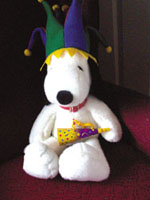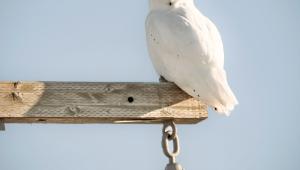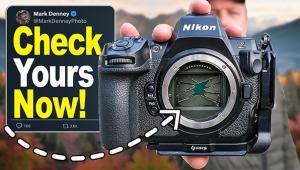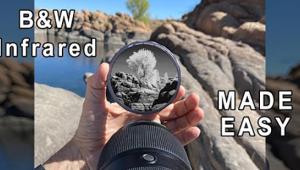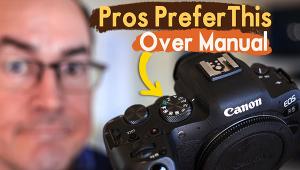Leica Digilux 1
A Full Featured Digicam With A Big View
Produced in cooperation with Panasonic, Leica's 4-megapixel Digilux 1 digital camera has a die-cast magnesium body and a form factor that echoes their traditional rangefinder cameras. When I first heard the Leica Digilux 1 would take styling cues taken from the company's classic cameras, I envisioned an M3 with an LCD screen on back. That notion was dispelled at PMA 2002 when I saw the actual camera, which due to its blocky black shape, some wags have compared to an Argus C3. Leica fans hold your e-mail flames; I like the Digilux's styling but wished it were just a bit slimmer and lighter. What It's Really Like? |
|||
Exposure Controls |
|||
Exposure settings are controlled by a knob that also has a setting for recording video clips mit sound and the length of these mini-movies is limited only by the capacity of the SD memory card. Below this knob is a rotating lever that lets you choose capture, burst mode, and playback. To keep you from going through menu hell, Leica has thoughtfully used many manual knobs and levers with the Digilux l, although menus on the LCD preview screen area are used to set white balance, resolution, and image quality. The most important omission in physical controls is the lack of a trash can button for erasing the missed opportunities accidentally captured on the SD card. This takes a three-step menu chase to accomplish, but once learned goes quickly. Access to the SD card and USB/Video connections are through clever sliding doors that are flush with the Digilux's sides. These doors add to the smooth shape of the camera and protect access to these fragile connections. I really appreciated not having to pop open flimsy rubber covers to get to the USB connection. In The Field |
|||
The 2.5" LCD preview screen is the Digilux's crown jewel. Not only is it big, but the color and contrast are the best I've seen on any digital camera regardless of price. That big screen invites glare so Leica has taken the extra step of including a removable pop-open hood that bears an uncanny resemblance to a Hasselblad's focusing hood. Does it work? Kinda. It can help in many lighting conditions, but in the bright glare of the high altitudes of Colorado and New Mexico, I found myself stepping into the shade to review images. The built-in flash has lots of modes including redeye reduction, slow sync, and second curtain sync and the hot shoe on top is compatible with Leica-brand external flash units, which would be a useful option if you plan on doing lots of paparazzi-style flash photography. The only failing under tricky available light situations was the amount of noise generated at higher ISO equivalent settings. I recommend that you shoot a test under low-light settings with the ISO at 100, 200, and 400 and critically evaluate the results. My own tests showed little if any noise at ISO 100, some noise at 200, and lots at 400, but keep in mind what concerns me might not bother you and a noisy photograph is always better than no photograph at all. You can always tweak the image file with software tools such as Visual Infinity's (www.visinf.com) Grain Surgery, a plug-in that's compatible with Adobe Photoshop Elements bundled with the camera. |
|||
If you can resist constantly admiring the images on the big LCD screen, you'll find that power consumption is modest and Leica claims the camera can be used for about three hours with the display switched off or two hours when using the preview screen. I found that to be true. The proprietary, built-in lithium ion battery can be fully recharged in two hours and a battery charger is supplied with the camera. In The Digital Darkroom |
|||
The camera supports Mac OS 9, Mac OS X, Microsoft Windows 98, Me, 2000, XP, as well as Windows NT without USB support. It also supports Epson Print Image System (PIM) and the Digital Print Order Format (DPOF). Is this the M3 of digicams? I leave this to the Leica cognoscenti to debate but what I do know is that the Digilux 1 combines state of the art electronics with legendary Leica optics to make this one of the best point-and-shoot digital cameras I've tested. For more information, contact Leica Camera, Inc. by calling (201) 767-7500 or by visiting their web site, www.leica-camera.com. |
|||
|
- Log in or register to post comments





